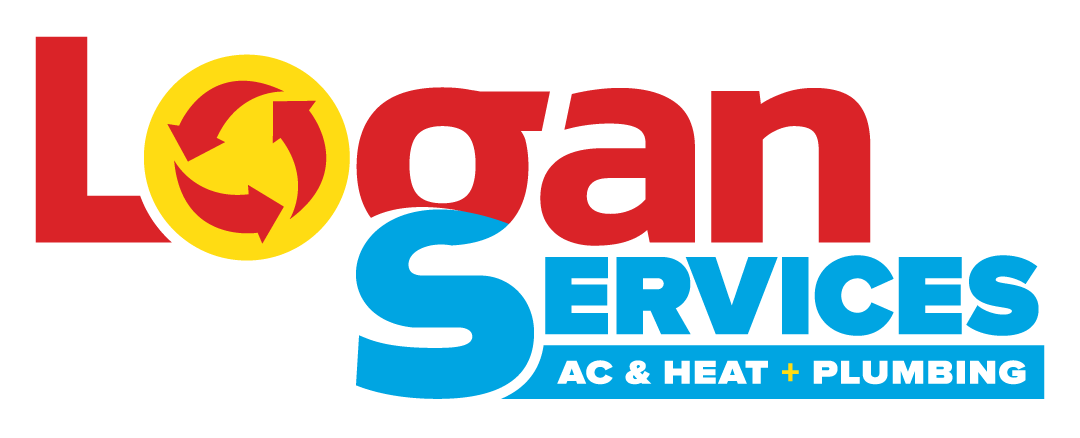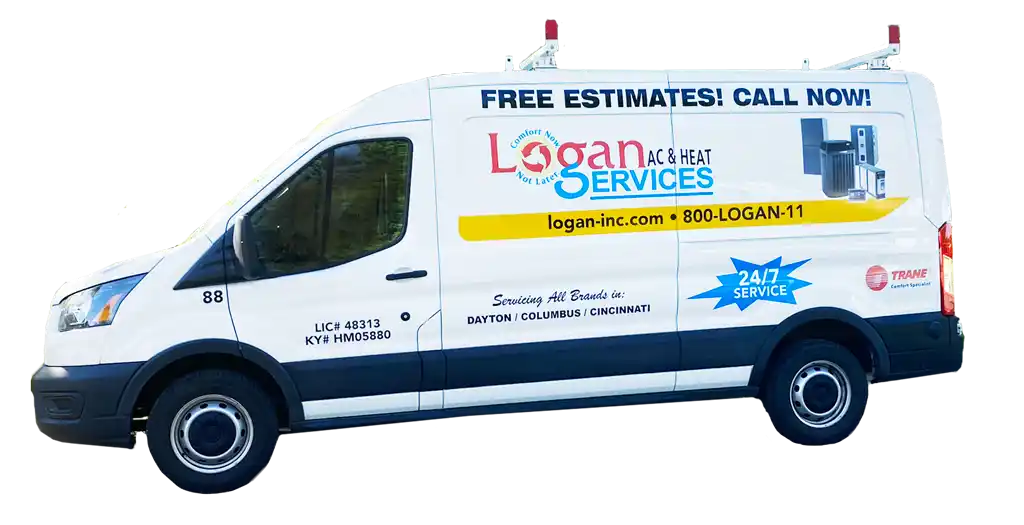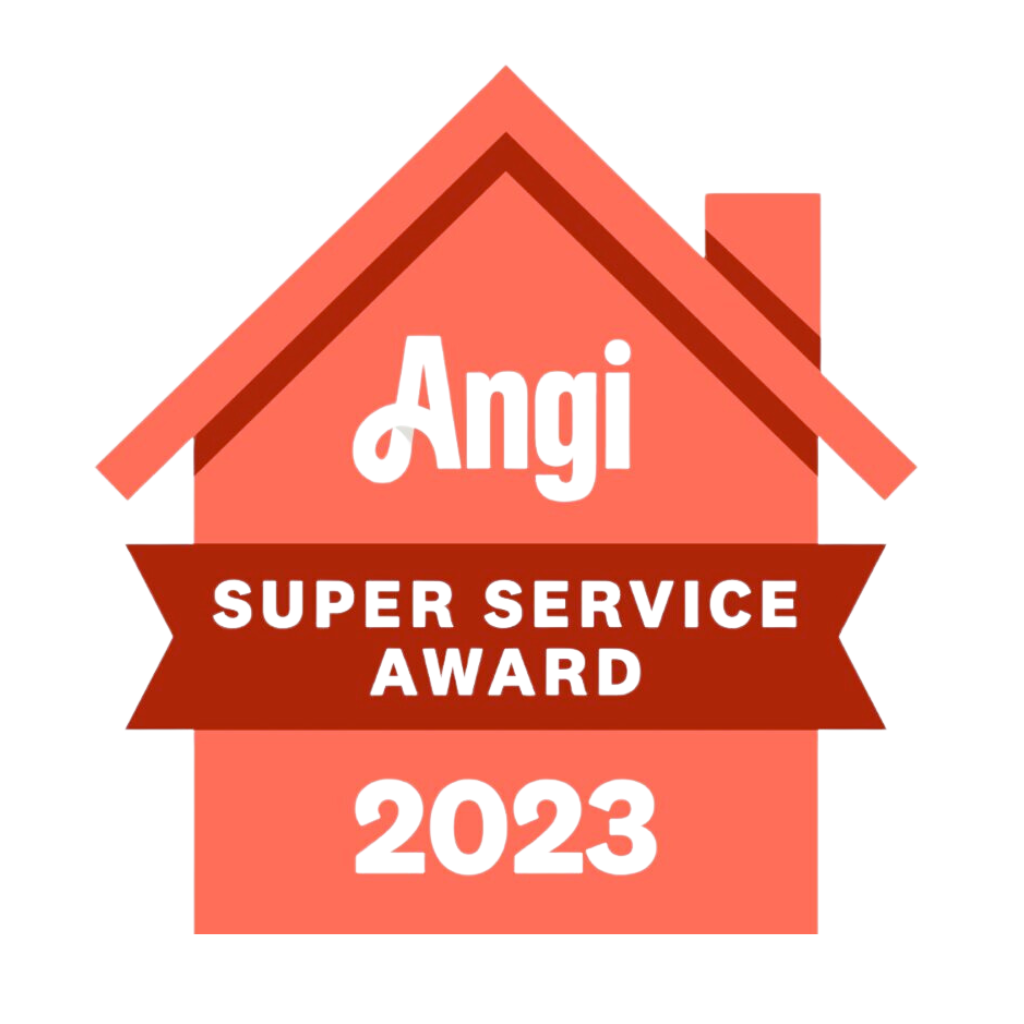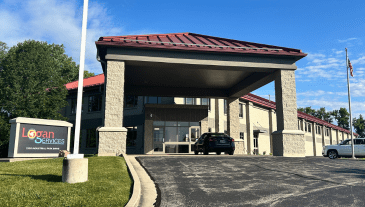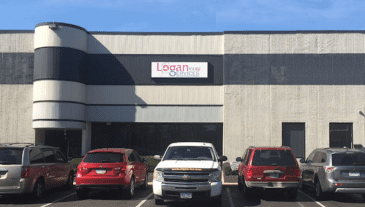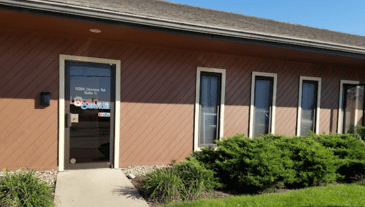As the world shifts towards more sustainable and energy-efficient solutions, air source heat pumps have become an eco-friendly alternative to traditional heating and cooling systems. An air source heat pump is a versatile and energy-efficient heating and cooling system that transfers heat from the outside air to the inside of a building during colder months and reverses the process to cool the interior during warmer months. Unlike conventional heating systems that generate heat, these energy savers move heat from one place to another, making them a more sustainable and cost-effective solution. The coming sections will explore the intricacies of air source heat pump systems, their components, benefits, installation process, and maintenance tips to help determine if you need a furnace with a heat pump.
Components of an Air-Source Heat Pump
An air source heat pump consists of several key components that transfer heat between outdoor and indoor environments. Understanding these components and their functions will give you an understanding of how an air source heat pump operates. Let’s take a closer look at each of these parts:
- Outdoor unit: The outdoor unit houses the compressor, outdoor condenser coil, and expansion valve. The compressor pressurizes the refrigerant, which then flows through the condenser coil, releasing heat to the outside air.
- Indoor unit: The indoor unit contains the indoor coil and blower. The evaporator coil absorbs heat from the indoor air, which the blower distributes throughout the building.
- Refrigerant lines: These insulated copper pipes connect the outdoor and indoor units, allowing the refrigerant to circulate between them.
- Reversing valve: This component enables the heat pump to switch between heating and cooling modes by reversing the flow of the refrigerant.
- Expansion valve: The expansion valve regulates the flow of the refrigerant and reduces its pressure before it enters the evaporator coil.
Benefits of Using Air-Source Heat Pumps
Air source heat pump systems provide a range of benefits that make them an attractive alternative to traditional central heating and cooling systems. These advantages include improved energy efficiency, cost savings, and environmental friendliness. Let’s explore these benefits in more detail:
- Energy efficiency: Heat pumps are incredibly energy-efficient, as they move heat rather than generating it. This can save energy compared to electric resistance heating systems or gas furnaces.
- Cost savings: The high efficiency of air source heat pumps translates to lower energy bills, making them a cost-effective choice in the long run.
- Versatility: Air source heat pumps provide heating and cooling, eliminating the need for separate systems and saving space.
- Reduced carbon footprint: By using electricity instead of fossil fuels, air source heat pumps reduce greenhouse gas emissions and promote a more sustainable future.
- Improved indoor air quality: Heat pumps do not produce any byproducts of combustion, such as carbon monoxide, resulting in cleaner and healthier indoor air.
The Installation Process
The installation of an air source heat pump is a complex process that requires the knowledge and skills of a qualified HVAC professional. The typical installation process involves the following key stages:
- Site assessment: The installer will evaluate your home’s layout, insulation, and existing ductwork to determine the appropriate size and type of heat pump for your needs. Our guide can help you prepare for what ton heat pump is best for your space.
- Outdoor unit placement: The outdoor unit is placed on a level surface, usually on a concrete pad or wall brackets, ensuring adequate airflow and accessibility for maintenance.
- Indoor unit installation: The indoor unit is mounted on a wall or ceiling, depending on the type of system chosen. If your home has existing ductwork, the indoor unit can be connected to it; otherwise, ductless mini-split systems are an option.
- Refrigerant line and electrical connections: The installer will connect the refrigerant lines between the outdoor and indoor units and make the necessary electrical connections.
- System start-up and testing: Once the installation is complete, the installer will start the system, test its performance, and make necessary adjustments.
CTA: Check out our blog to learn how to prepare for the cost of a heat pump installation.
Maintenance Tips
Regular maintenance keeps your air source heat pump operating reliably for years. Following a few simple maintenance practices can maximize your heat pump’s performance, minimize energy consumption, and extend its lifespan. Here are some tips to keep in mind:
- Clean or replace air filters: Regularly clean or replace the air filters in your indoor unit to maintain optimal airflow and prevent dust and debris from accumulating in the system.
- Keep outdoor unit clean: Clear any debris, such as leaves or snow, from around the outdoor unit to ensure proper airflow and prevent damage to the components.
- Schedule annual professional maintenance: Have a qualified HVAC technician inspect and service your heat pump annually to identify and address any potential issues before they become more serious.
- Monitor system performance: Keep an eye on your energy bills and the heat pump’s performance. If you notice any unusual spikes in energy consumption or decreased heating or cooling performance, contact a professional for assistance.
Air source heat pumps offer a sustainable, energy-efficient, and cost-effective solution for heating and cooling homes and buildings. By understanding their components, benefits, installation process, and maintenance requirements, homeowners can make informed decisions about whether an air source heat pump is the right choice for their needs. As the world continues to prioritize energy efficiency and environmental sustainability, these energy savers are poised to play an increasingly important role in the future of heating and cooling.
The Logan Difference
At Logan Services, we are a family-owned and operated business dedicated to providing exceptional service and quality installations to our valued customers.
Our commitment to quality begins with our rigorous training program, which every installer completes before working on any project. We believe that a well-trained team is the foundation of our success, and we invest in giving our installers the knowledge and skills they need to deliver outstanding results. We prepare the necessary parts and equipment before starting any installation, minimizing delays and frustration for our customers.
At Logan Services, we believe that our job isn’t finished until our customers are completely satisfied. That’s why we conduct a thorough walkthrough with each customer after the installation is complete. We take the time to show them how to set up and troubleshoot their new system to help them feel confident with their installation. We also help our customers navigate the warranty process, making sure that they are protected and that any issues are resolved quickly and efficiently.
When you choose Logan Services, you can trust that you are working with a company that truly cares about your comfort, satisfaction, and community. That’s the Logan Difference, and it’s what sets us apart from the rest.
Frequently Asked Questions
Can air-source heat pumps work in cold climates?
Modern air source heat pumps are designed to work effectively in cold climates, even when temperatures drop below freezing. Many models are equipped with advanced features, such as variable-speed compressors and defrost cycles, that enable them to maintain their heating capacity and efficiency during heating season. In extremely cold climates, a backup heating system may be necessary to supplement the heat pump during the coldest days.
What is the lifespan of an air source heat pump?
With proper installation and regular maintenance, an air source heat pump can last between 15 to 20 years. The system’s lifespan depends on various factors, such as the quality of the unit, the level of maintenance it receives, and the climate in which it operates. To maximize the lifespan of your heat pump, schedule annual professional maintenance and address any issues promptly.
Are air source heat pumps environmentally friendly?
Air source heat pumps are an environmentally friendly heating and cooling solution designed to save energy. They do not burn fossil fuels or produce combustion byproducts, such as carbon monoxide or greenhouse gases. By using electricity to transfer heat rather than generating it, heat pumps can significantly reduce a building’s carbon footprint, especially when paired with renewable energy sources like solar or wind power.
